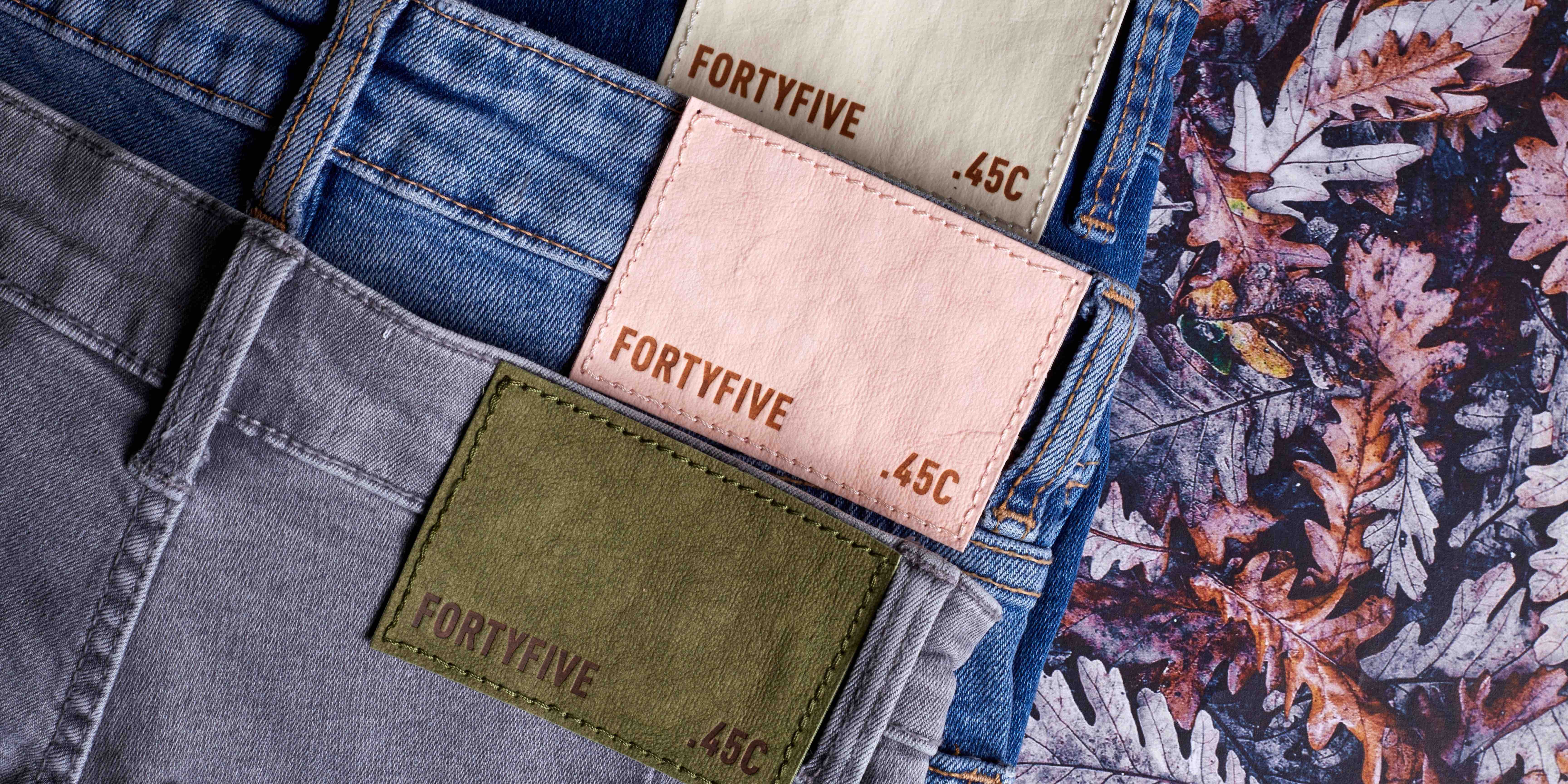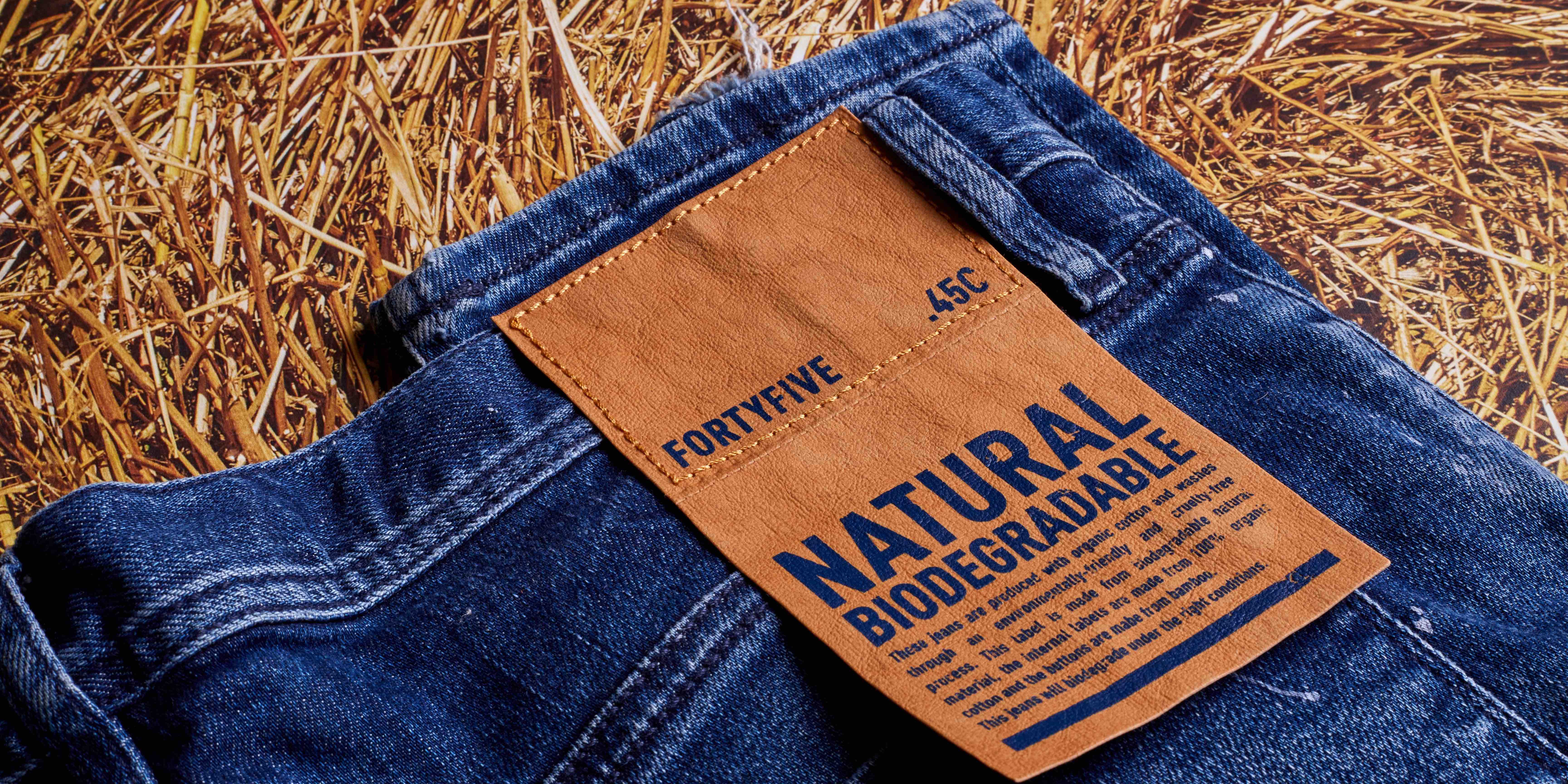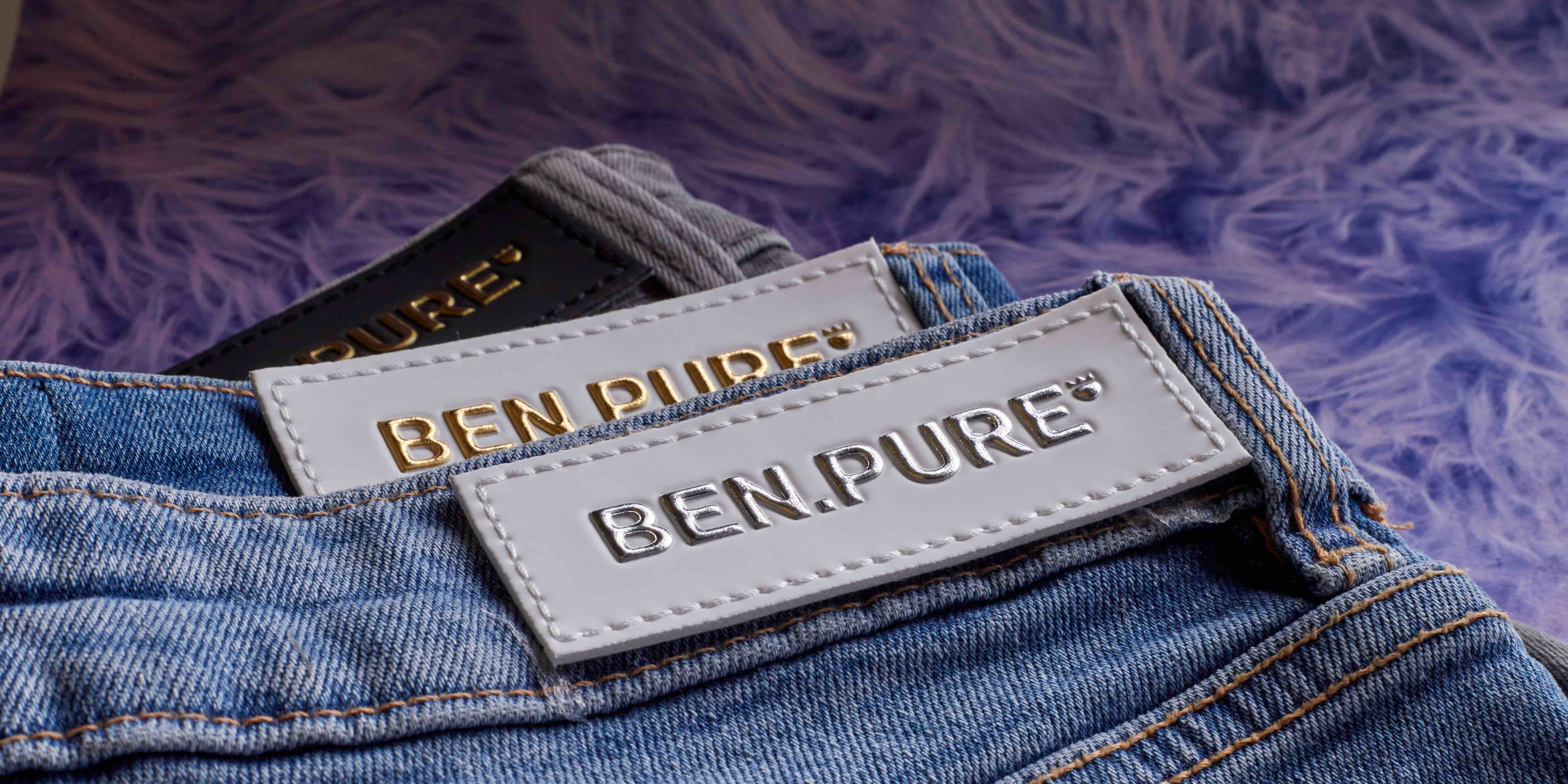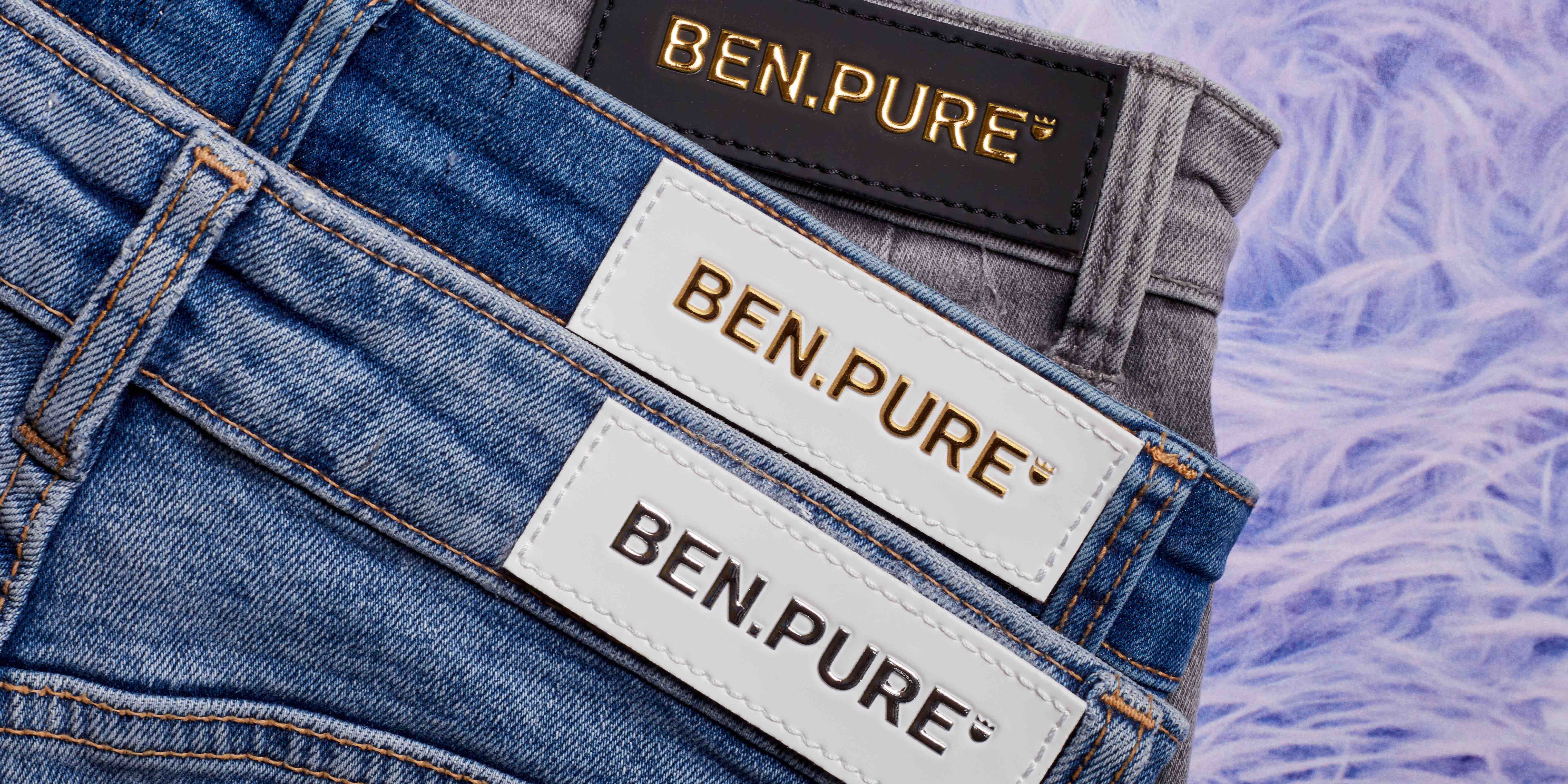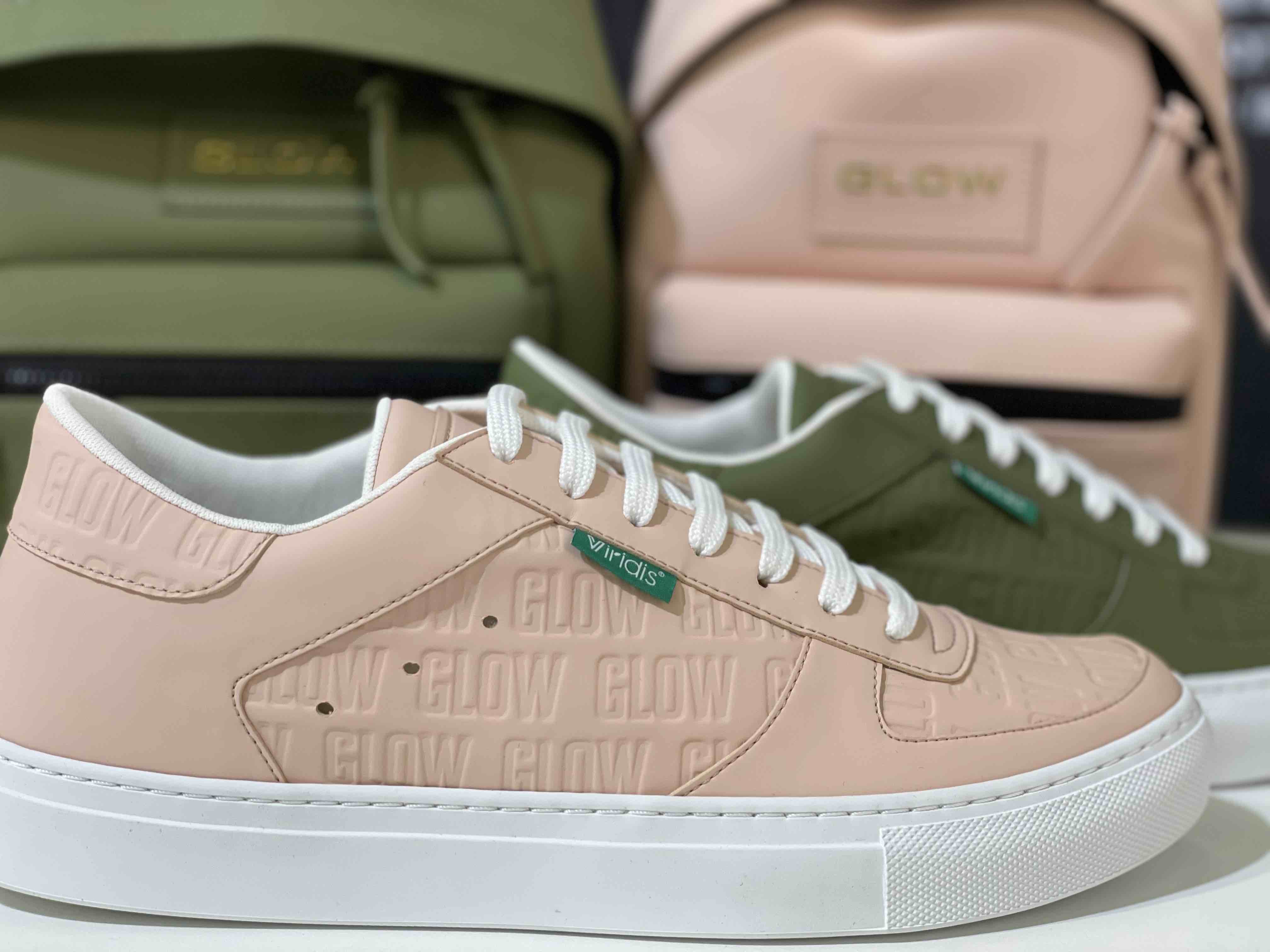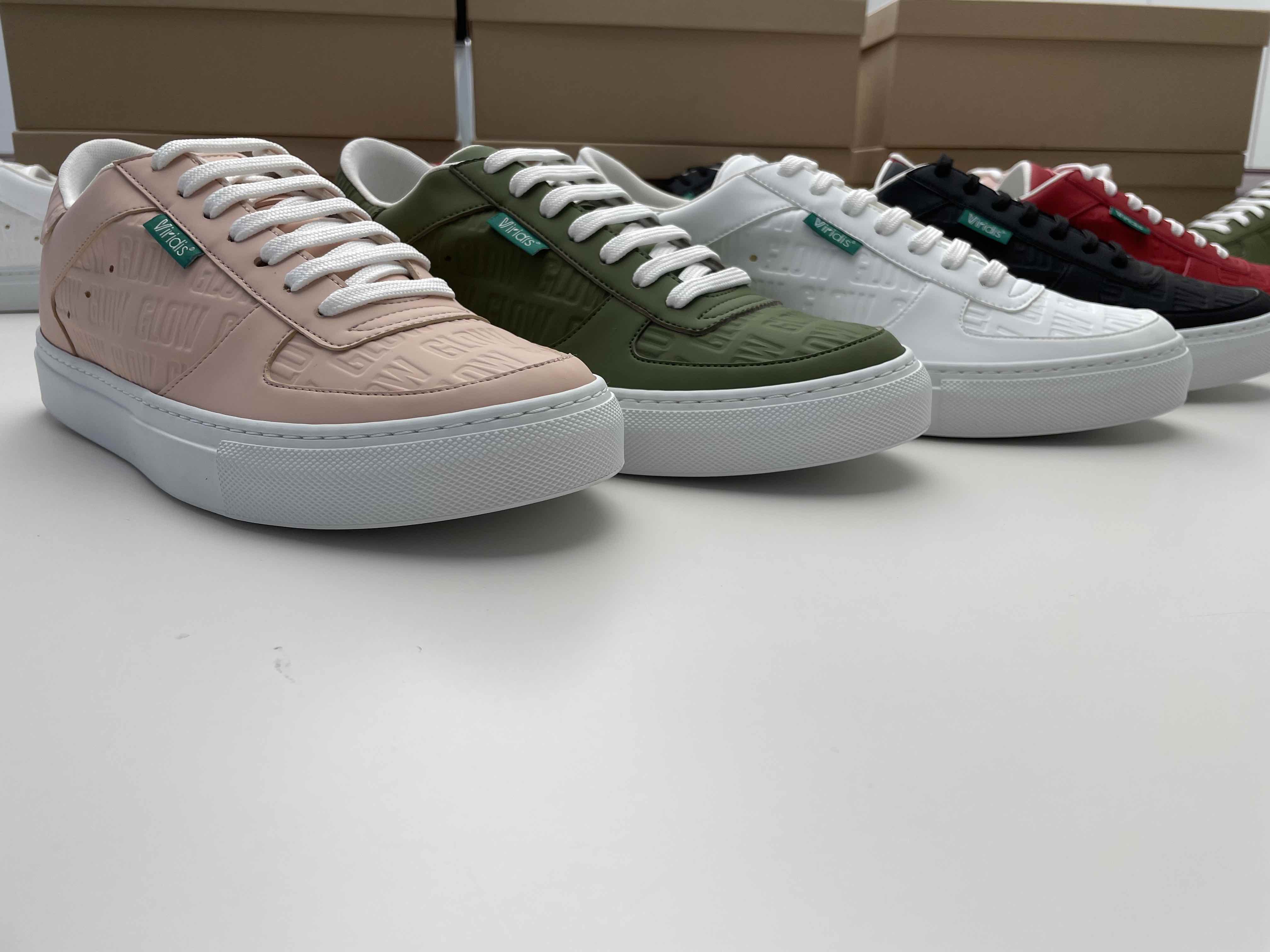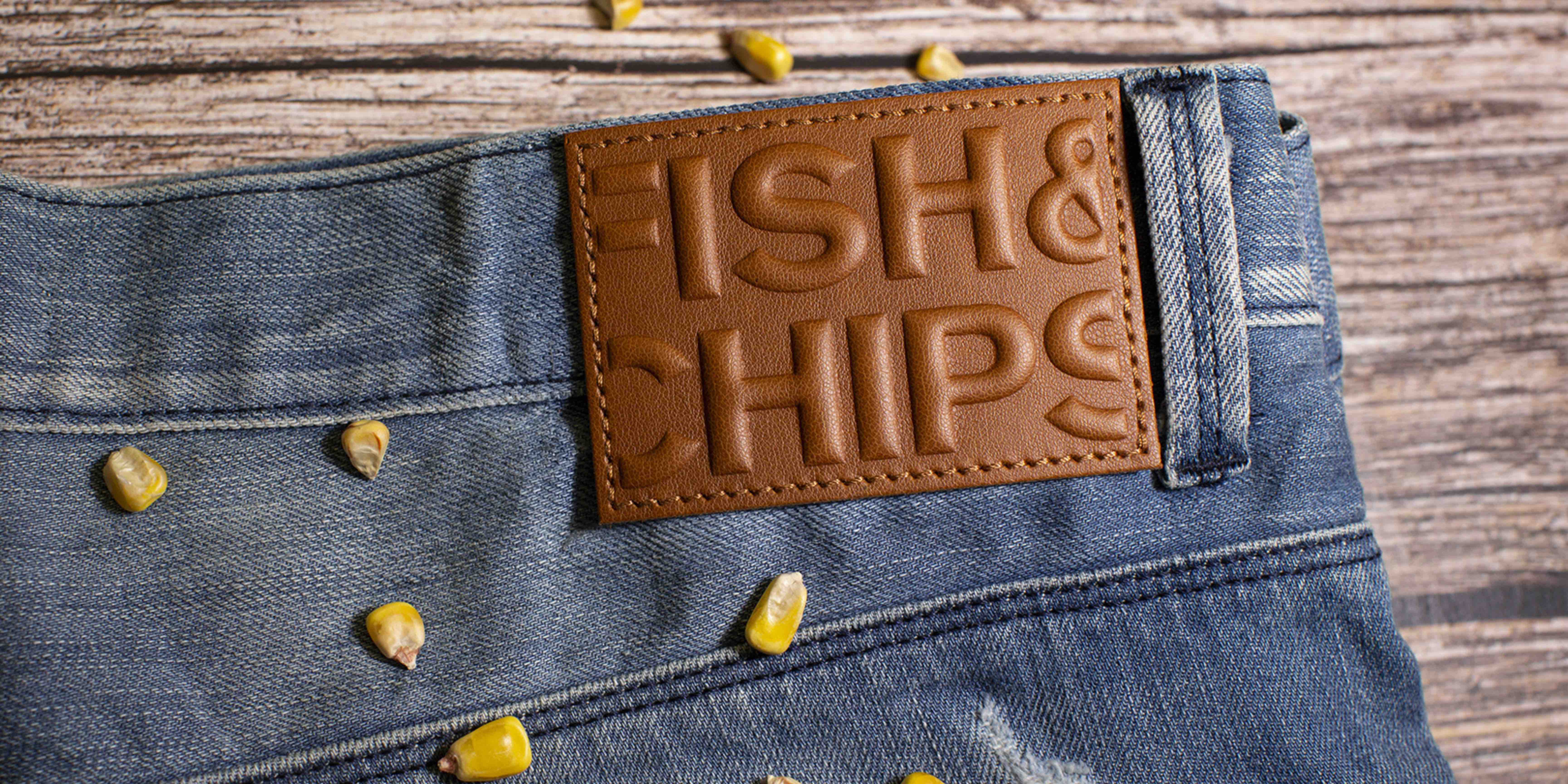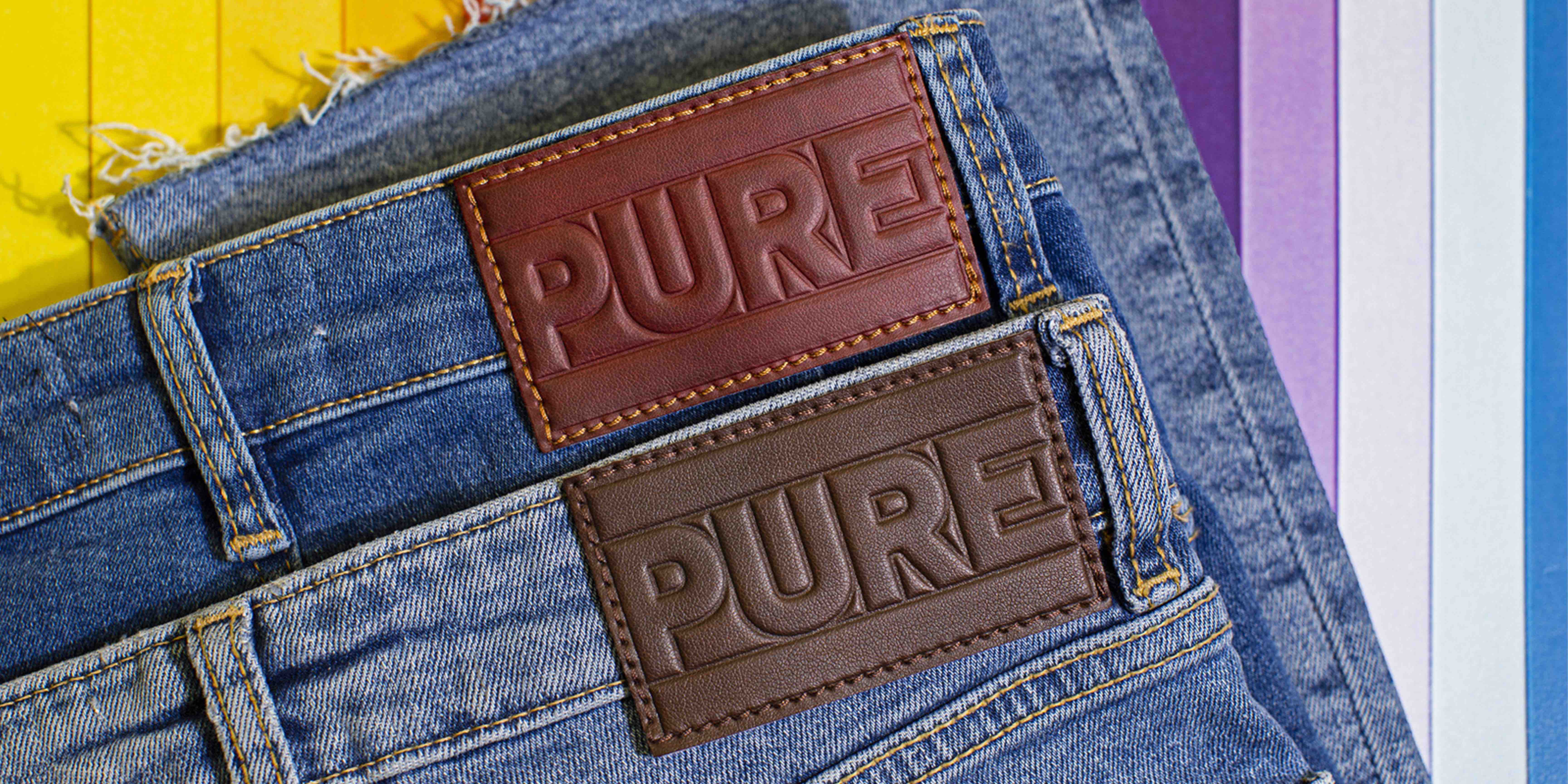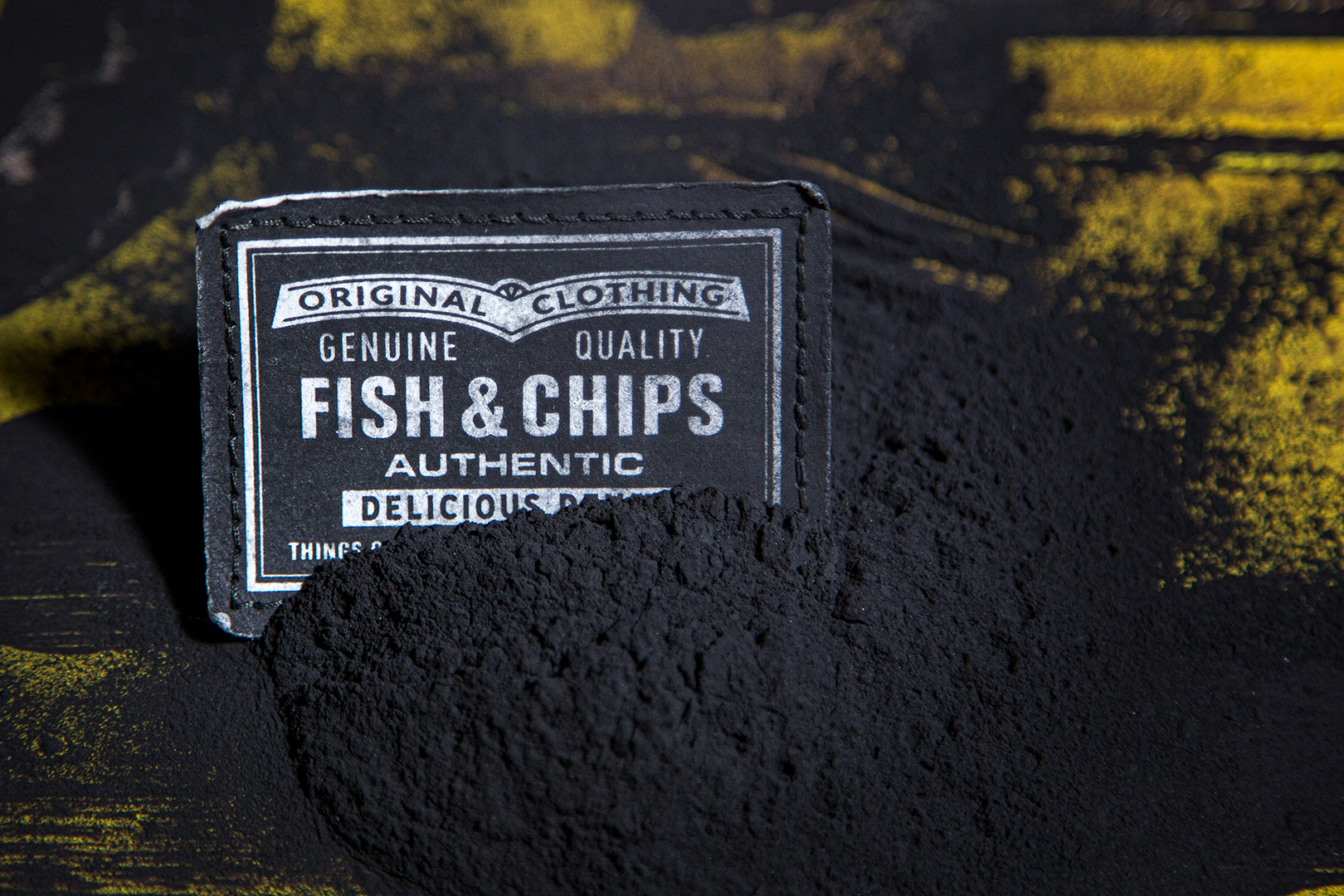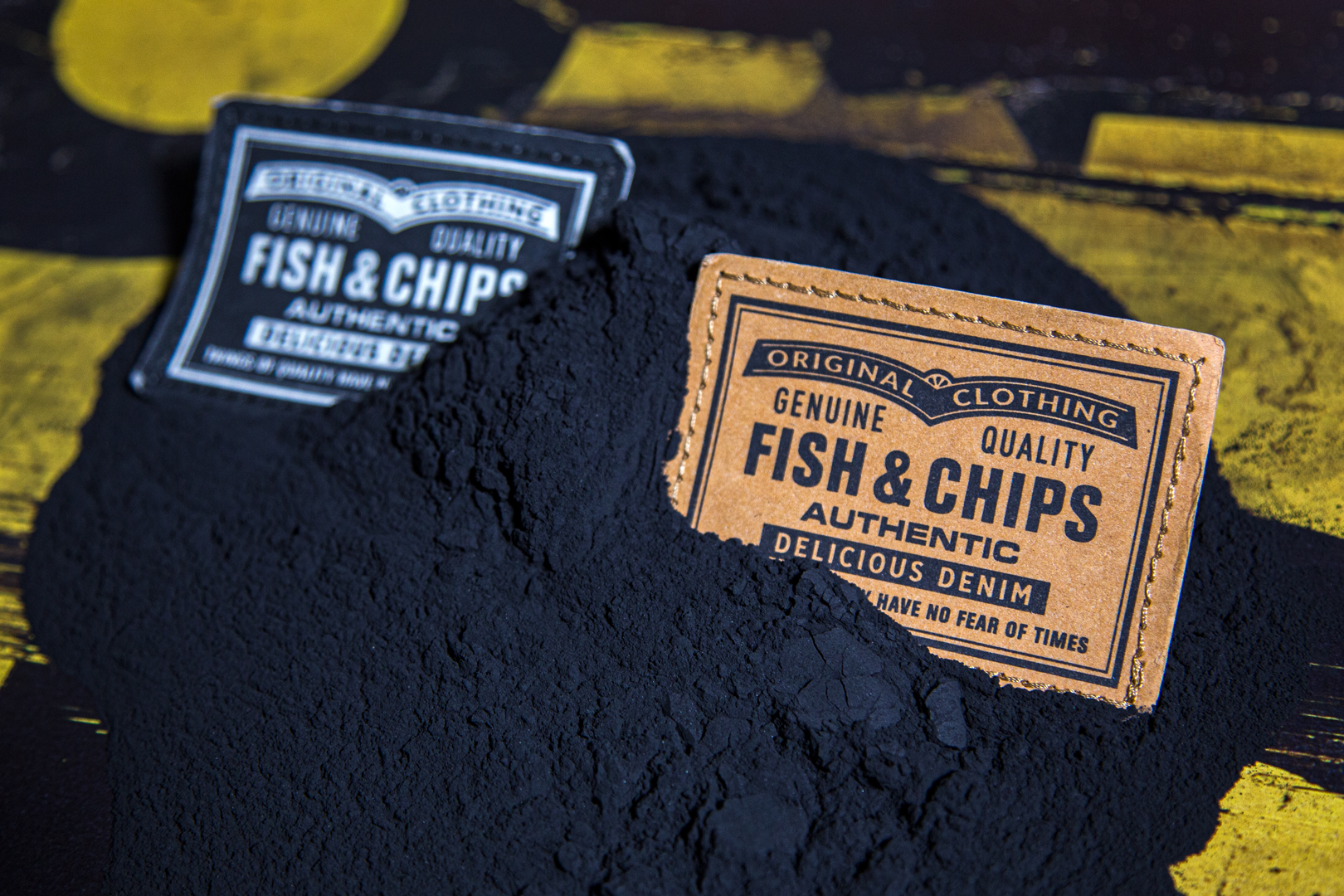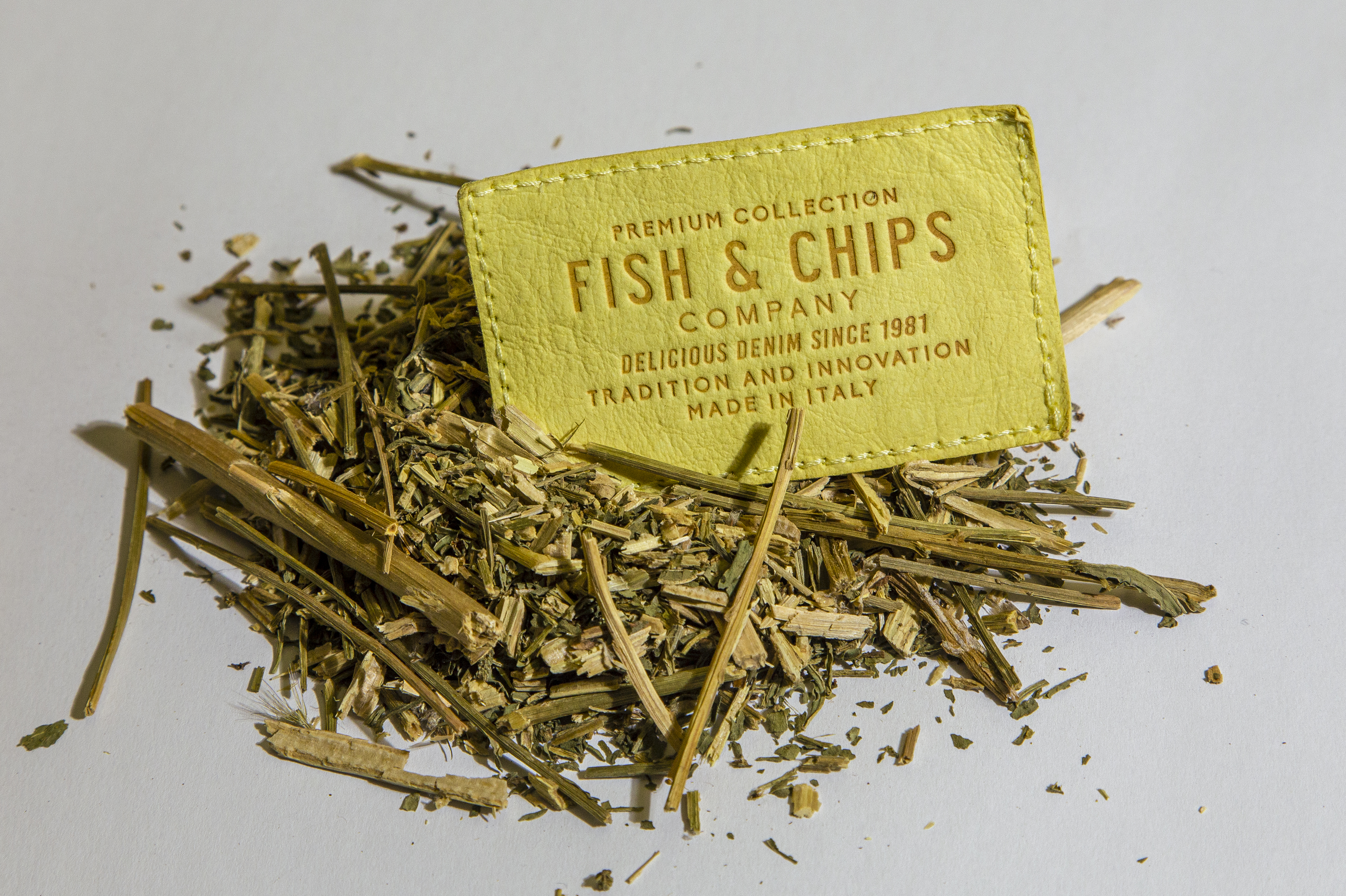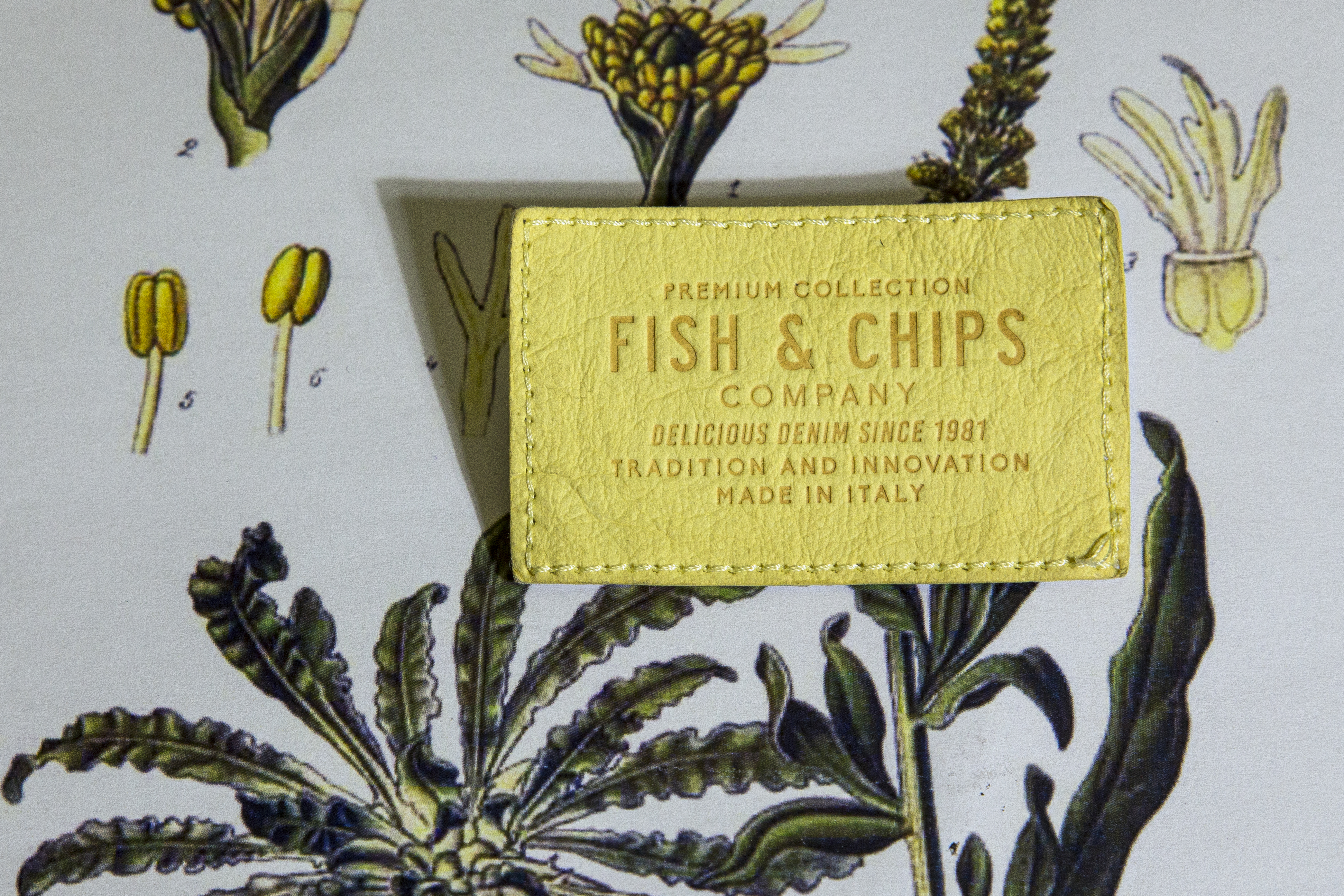Biodegradable jacron labels are a new and environmentally-friendly alternative to traditional labeling materials used in the denim industry. They are made from biodegradable materials that decompose naturally in the environment, reducing the amount of waste generated by the fashion industry.
The biodegradable nature of jacron means that these labels will break down over time, reducing their impact on the environment.
Biodegradable jacron labels are an innovative solution for the denim industry, which has traditionally relied on synthetic materials that are not biodegradable and contribute to the world's growing waste problem. By using these labels, companies can reduce their environmental footprint and demonstrate their commitment to sustainability.
Introducing Eco-Plate, the latest innovation in sustainable labeling. The Eco-Plate is made with Viridis® material, the revolutionary biobased material that offers a durable and long-lasting alternative to metal parts. The combination of Viridis® and advanced production techniques creates an Eco-Plate that not only looks like the original metal plate but performs just as well.
Panama Trimmings has presented two new trend colors for the Viridis® Active finishing: nude rose and military green.
Our customers who came to visit us during Performance Days and ISPO have the chance to see these novelties. We present these new colors in our labels SS24 collection, but also we have produced some examples of finished goods such as backpacks and shoes to show all the possibilities of the material.
A new Viridis® finishing is on the market!
Panama Trimmings has launched Viridis® 74. Viridis® 74 adds a luxury touch to the classic version, it looks like a full grain leather, clean and elegant. Viridis® 74 is a booster version, reaching 74% of BIO-based content.
Viridis® is an innovative bio-based material, obtained from corn, wheat and viscose.
Panama Trimmings and Perpetua® have teamed up to create g_label®.
The first label to be printed with g_ink, the first color obtained by recycled graphite.
By employing circular models, we want to minimize resource consumption, eliminate waste and extend the life of products. This is why we have studied how products and materials can be used multiple times beyond their first design.
Everything has started with graphite powder, the waste of electrodes production. This material become ink for printing, and this allows us to obtain more than... well, fifty shades of grey.
Until synthetic dyes were invented in the nineteenth century, textiles were dyed almost exclusively with dyes obtained from plants. This tradition has been handed down from generation to generation.
Yellow dyes have always been used from ancient times and yellow was the color to indicate festivities. Reseda luteola is said to be one of the oldest dyeing plants, mainly cultivated in the middle and south Europe. The Reseda luteola, also known as weld, comes from the Latin word luteola, meaning yellow and it identifies a certain flowers type.
Reseda can be found growing wildly on the road sides. The plant can grow up to one meter and remains in the soil for about 14 months. It will be harvested after the stalks and when the leaves have lost their green color almost completely. It is one of the most important dyeing plants and it is famous for its excellent washing and light fastness.
Nowadays we are searching alternatives for synthetic colors which are polluting and harmful. So reseda matches the need of natural, traditional, and pure dyeing.

